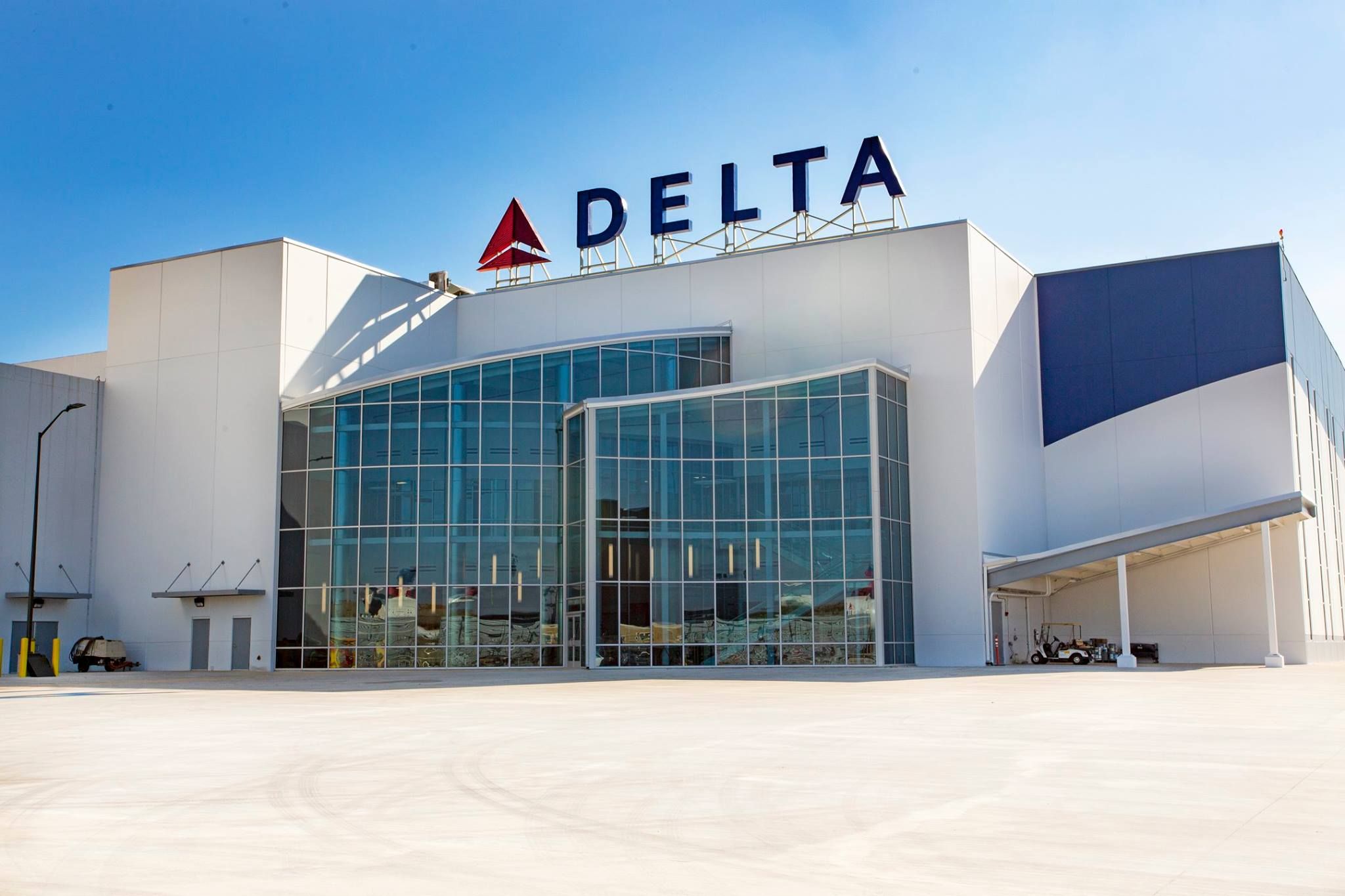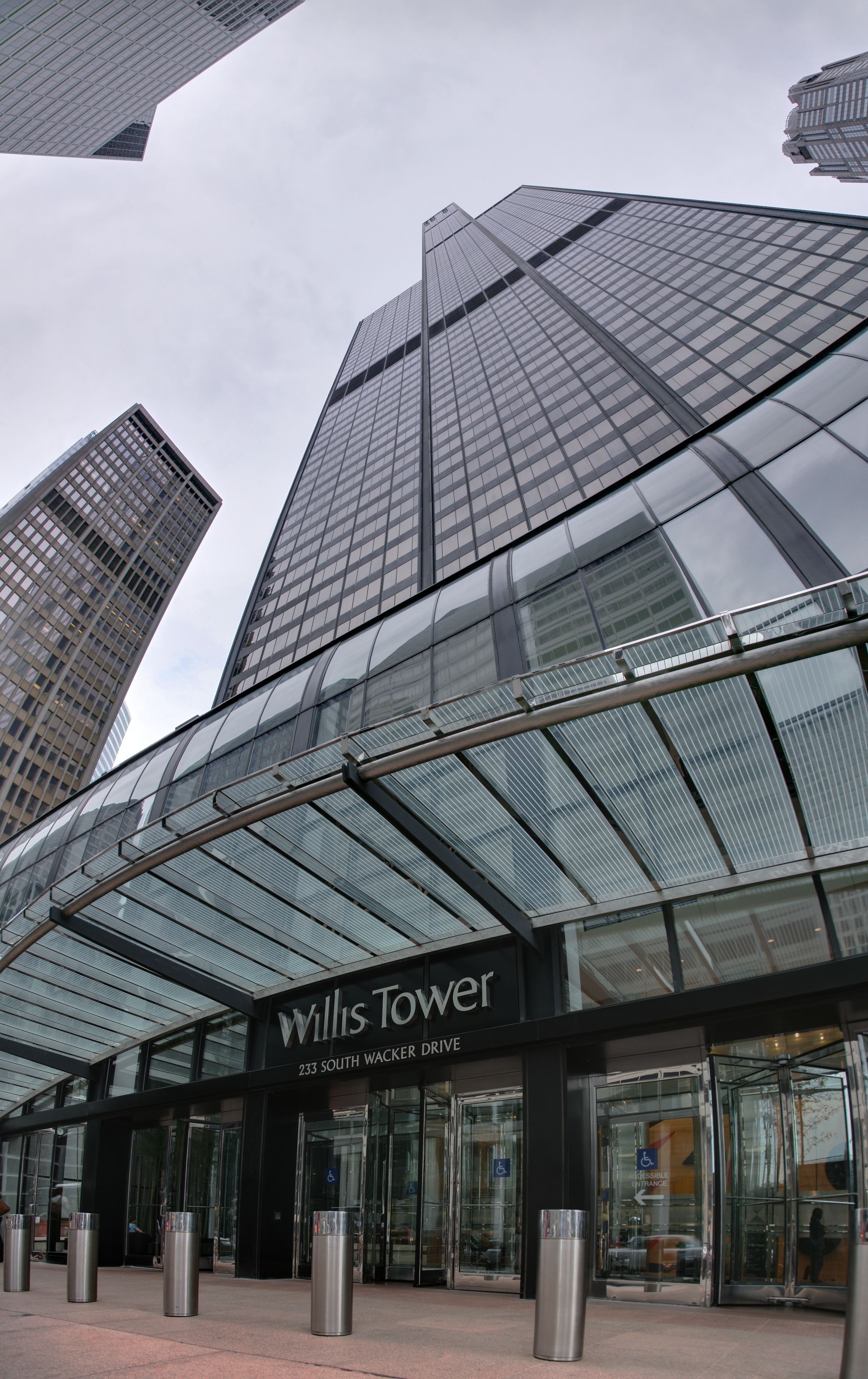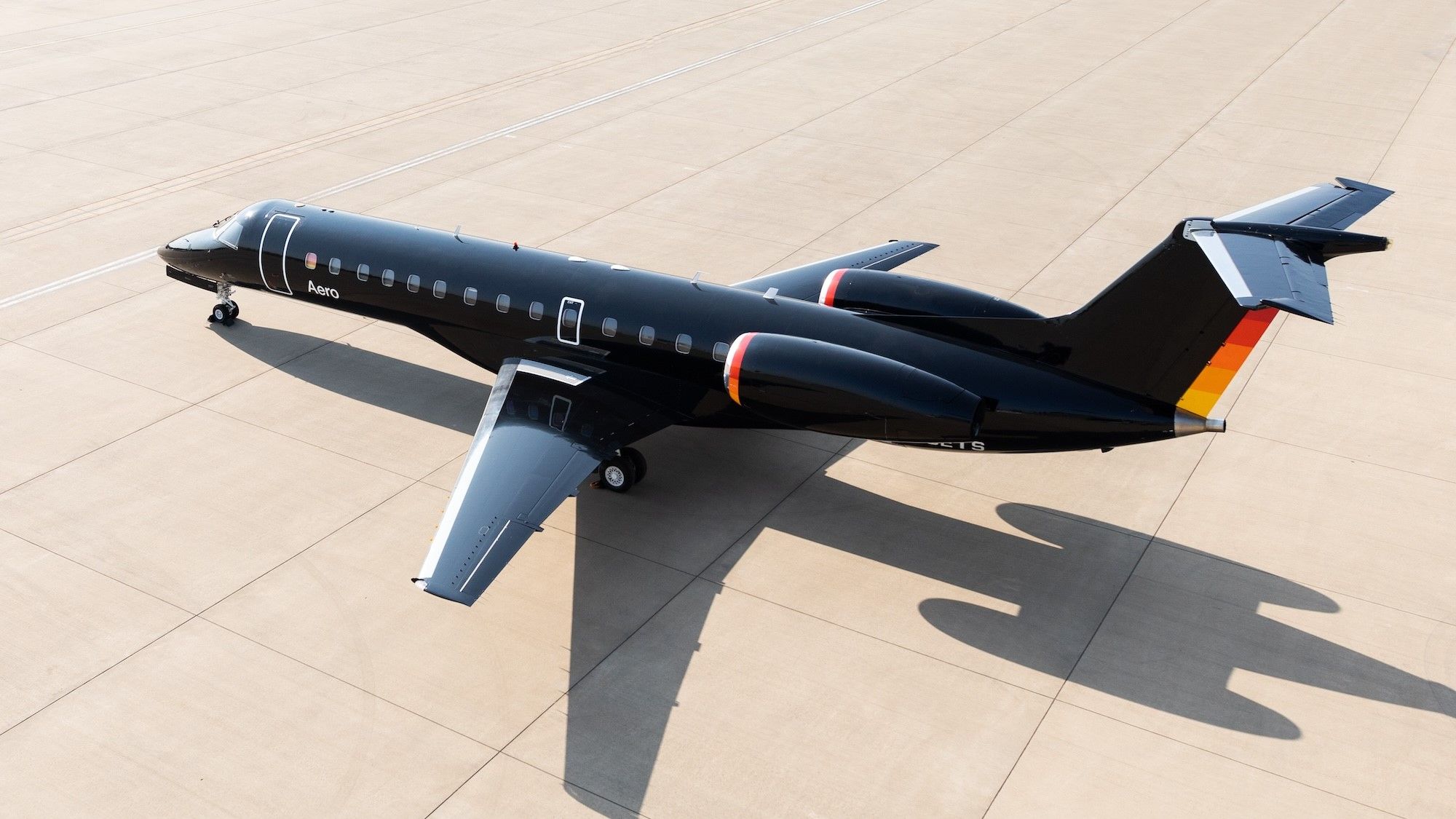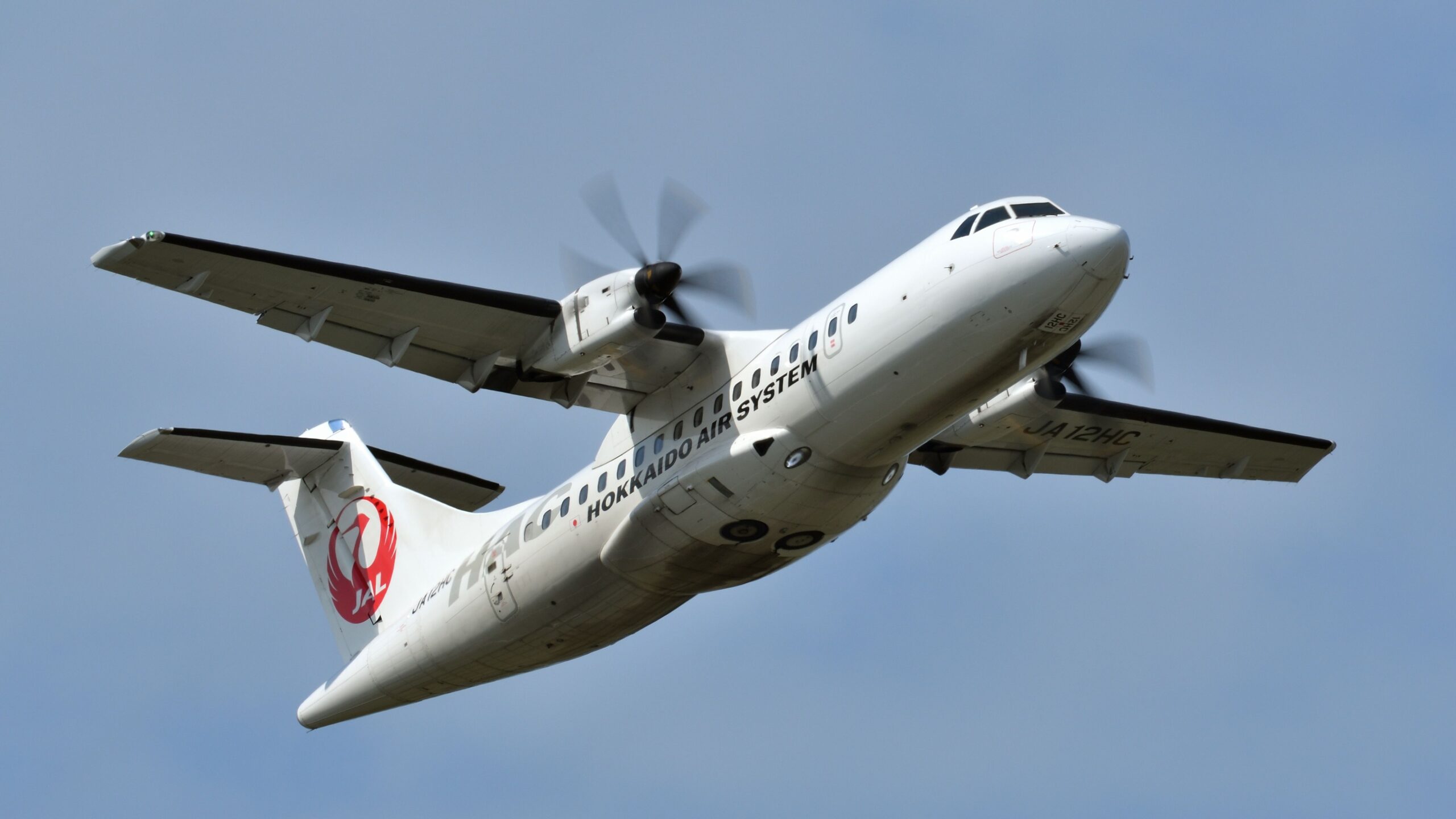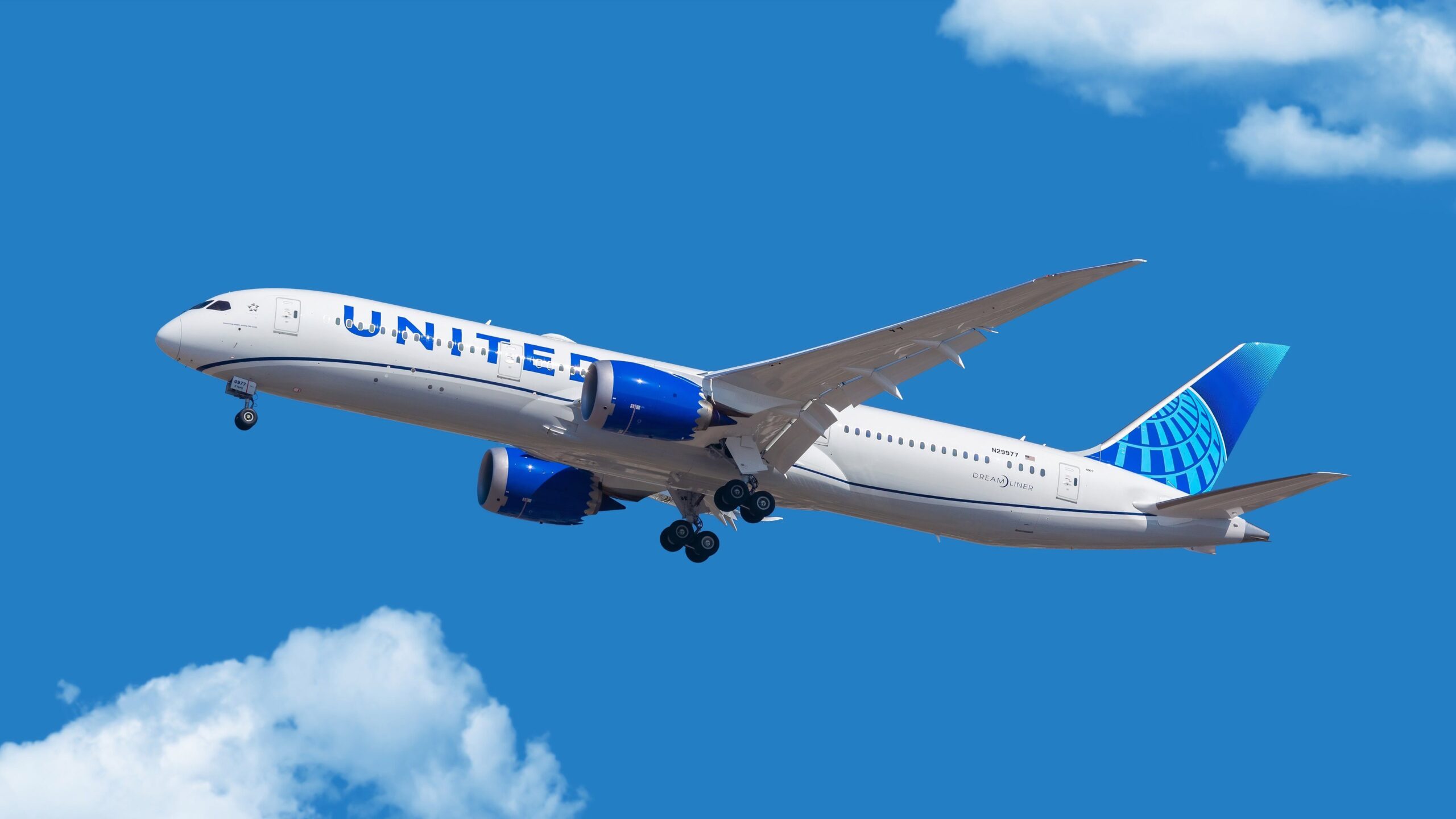For airlines, the decision of where to locate their official headquarters
is often difficult, providing a unique window into the identity of an airline. While the geographical location of an airline’s headquarters is typically not something for extensive discussion, there are at times some factors to consider when it comes to where a company’s leadership should live.
For starters, most airline corporate headquarters are located near one of their largest international hubs, likely to keep the leadership close to the company’s center of operations and to easily shuffle employees across the country when necessary. Failure to locate an airline’s headquarters near one’s primary hubs can lead to a disconnect between management and employees and further remove decision-makers from operational processes.
There is more to an airline headquarters than just location
The difference that carriers eventually have to encounter is what exactly they want their corporate headquarters to look like, as it is often a reflection of the airline’s identity as a whole. Some airlines may choose to locate their corporate headquarters on the physical grounds of an airport, offering no stronger demonstration of the connection between operations and management.

Other carriers may pursue a more traditional route, maintaining corporate headquarters in large office buildings or skyscrapers within a city’s central business district. Some airlines may even pursue a more non-traditional route, creating a Silicon Valley-style campus that may be more appealing to younger employees. Let’s further scrutinize some of these decisions and explore the purpose these headquarters serve.

Related
Spirit Airlines Set To Move Its Headquarters To Fort Lauderdale
Location often provides a key connection to an airline’s identity
The decision as to where an airline will locate its corporate headquarters is often a difficult one to make and requires the carrier to prioritize multiple different groups. For starters, an airline’s decision to have its corporate headquarters in a given location sends a message to three different groups:
- To an airline’s employees
- To an airline’s customers
- To the carrier’s primary competitors
The location of an airline’s headquarters sends a unique message to the company’s employees, reminding them where the organization’s home is and from where directives from management will come. To an airline’s customers, this decision informs them of which markets they will primarily serve, and from where any expansion measures will originate. If an airline is, say, looking to expand its operations from a given airport or increase the presence of its loyalty program in a given area, a decision to locate its headquarters in this region can be a strong signal to customers.
Photo: Delta Air Lines
Furthermore, competitors will also be attuned to any decision made by management that relates to the location of an airline’s headquarters. This is typically a demonstration of where an airline will focus its operations and where it will choose to defend its market share at all costs. Here are the locations of the headquarters of some major US airlines, none of which will be surprising given these considerations:
|
Airline: |
Headquarters location: |
|---|---|
|
United Airlines |
Chicago, Illinois |
|
American Airlines |
Fort Worth, Texas |
|
Delta Air Lines |
Atlanta, Georgia |
|
JetBlue |
New York City, New York |
|
Spirit Airlines |
Dania Beach, Florida |
There are examples in which locating a headquarters away from a company’s operational center has gone very wrong. Though not an airline but rather a manufacturer, Boeing moved its headquarters away to Chicago in 2001, despite its primary factories and assembly lines being located in Seattle, according to Crain’s Chicago Business. This decision has been extensively criticized over the past few years and has been cited as one of the principal culprits for the increasing disconnect between the company’s management and employees.
The exact buildings in which an airline’s management lives can be important
An important decision for airlines to make is also exactly what kind of building they want their headquarters to be located in. United Airlines, for example, has taken the traditional corporate route of having an office in a skyscraper, basing its management in the iconic Willis Tower in Chicago.
The office, which has been widely explored by Work Design Magazine, has been touted as one of the most well-designed in all of Chicago. This centrally-located office places United right at the heart of the Chicago financial district, making it easy for the airline to engage with consultants, financial institutions, and others that have offices located nearby. Furthermore, having an instagrammable headquarters helps United recruit younger employees, many of whom are glad not to make a commute out to an airport-adjacent office park from their city apartments.
Other airlines have attempted to appeal to the younger generations and their employees differently. American Airlines was one of the first to adopt a California-esque airport-adjacent office park, locating its global headquarters adjacent to a pair of runways at Dallas/Fort Worth International Airport (DFW).
-Boeing-777-223(ER)-N791AN-(1).jpg)
Related
oneworld To Relocate Its Global Headquarters To Fort Worth, Texas
American Airlines will share its headquarters space with the alliance.
The office park, which features a handful of buildings, provides a more intimate setting for the airline’s employees. Furthermore, the headquarters’ location near DFW airport helps maintain a strong connection between management and employees. The extensive amenities at these office parks allow the airline to boast a comfortable workplace environment, and the adjacent location makes it easy for employees to travel anywhere across the airline’s large global network.
Spirit Airlines is another carrier that has recently become a fan of the office campus concept. Opening a new campus in Dania Beach, Florida earlier this year, the carrier has now relocated its management to four buildings that are located not far from the airline’s crucial operating base at Fort Lauderdale-Hollywood International Airport (FLL).


